Glen Canyon National Recreation Area: First Time Visitor Guide
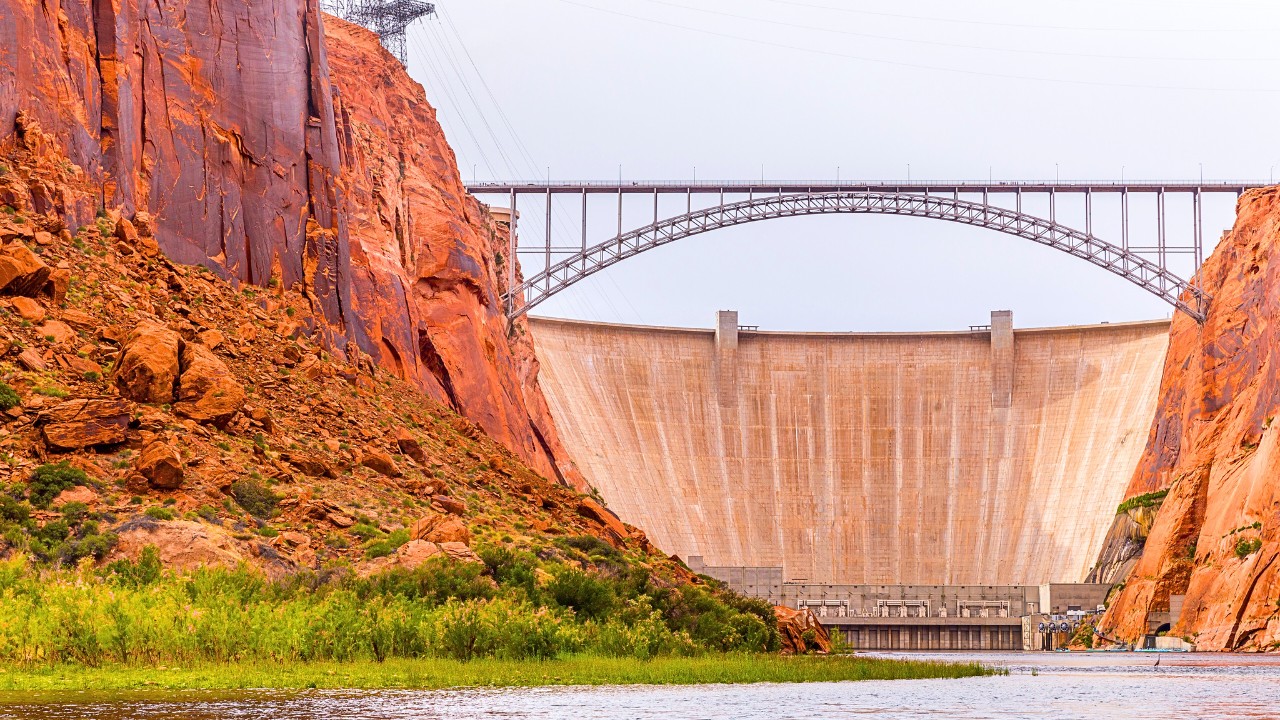
Glen Canyon National Recreation Area is a dream destination for first time adventurers, outdoor lovers, and photography enthusiasts. Known for its red rock canyons, clear blue waters, and seemingly endless shoreline along Lake Powell, this vast region invites you to explore both by land and water. This guide is going to provide you with everything you need to know about planning a trip here and the best things to do when you go.
Overview
Glen Canyon was established as a national recreation area in 1972 to preserve its incredible desert and river ecosystems while opening the land up for recreation. It covers more than 1.25 million acres, with landscapes that include dramatic cliffs, natural arches, winding slot canyons, and hidden oases. Anchored by the man made Lake Powell, the area is a gateway to some of the Southwest’s most iconic natural wonders and offers endless opportunities for boating, hiking, fishing, camping, and scenic drives.
Photos:
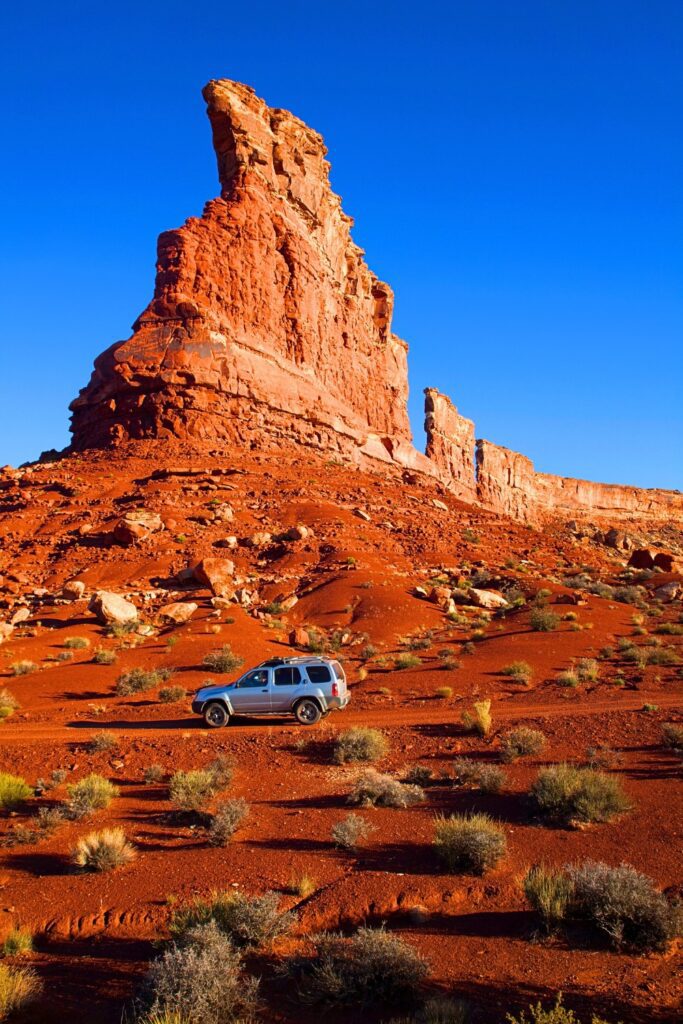
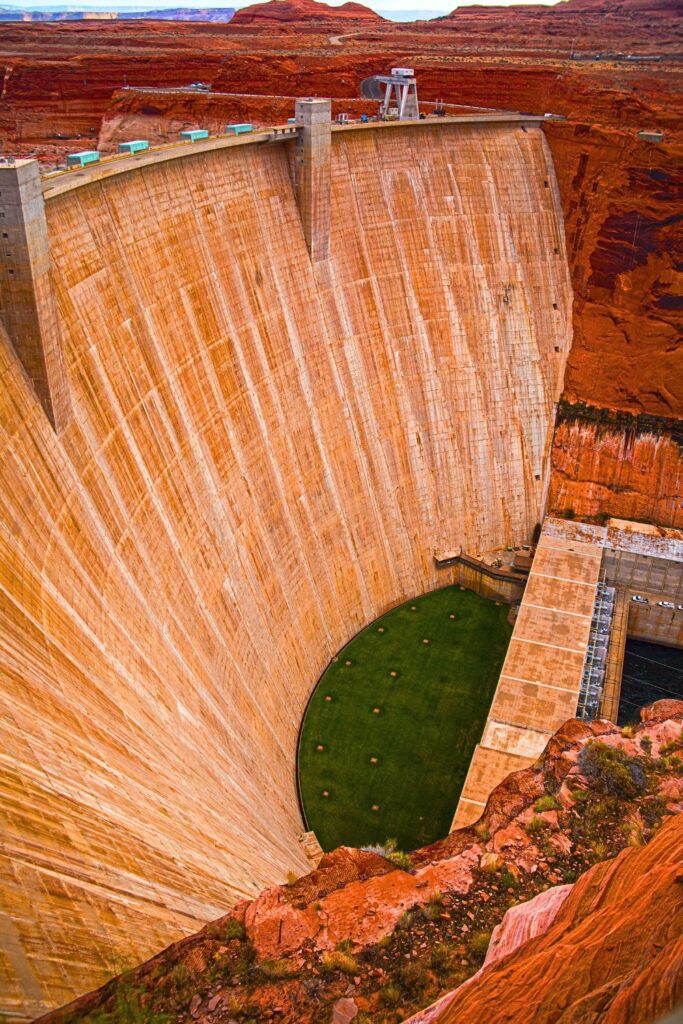
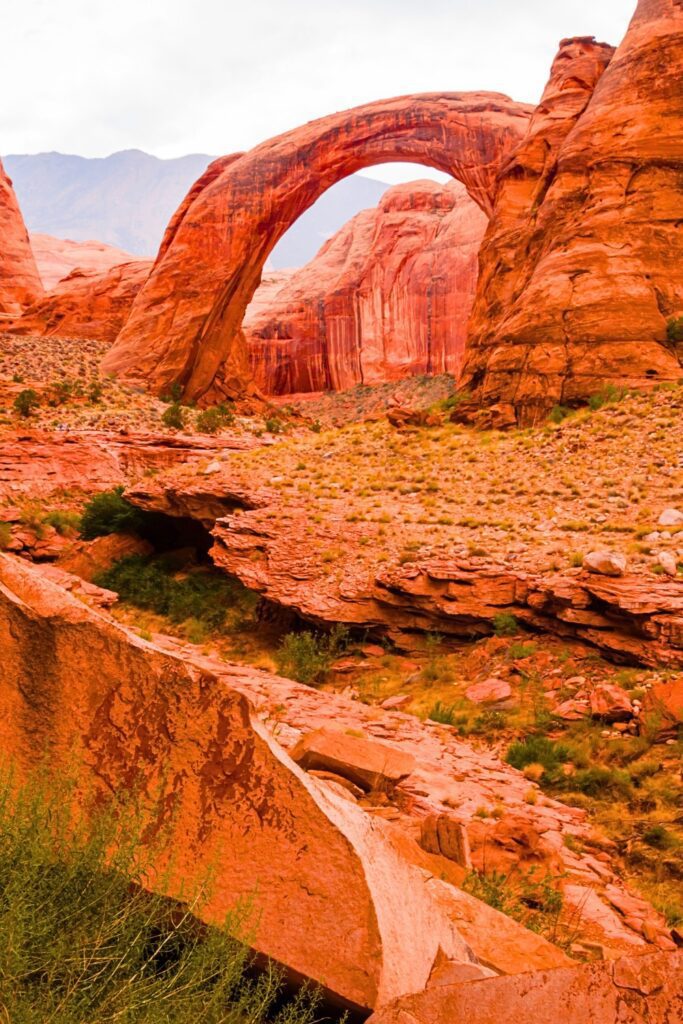


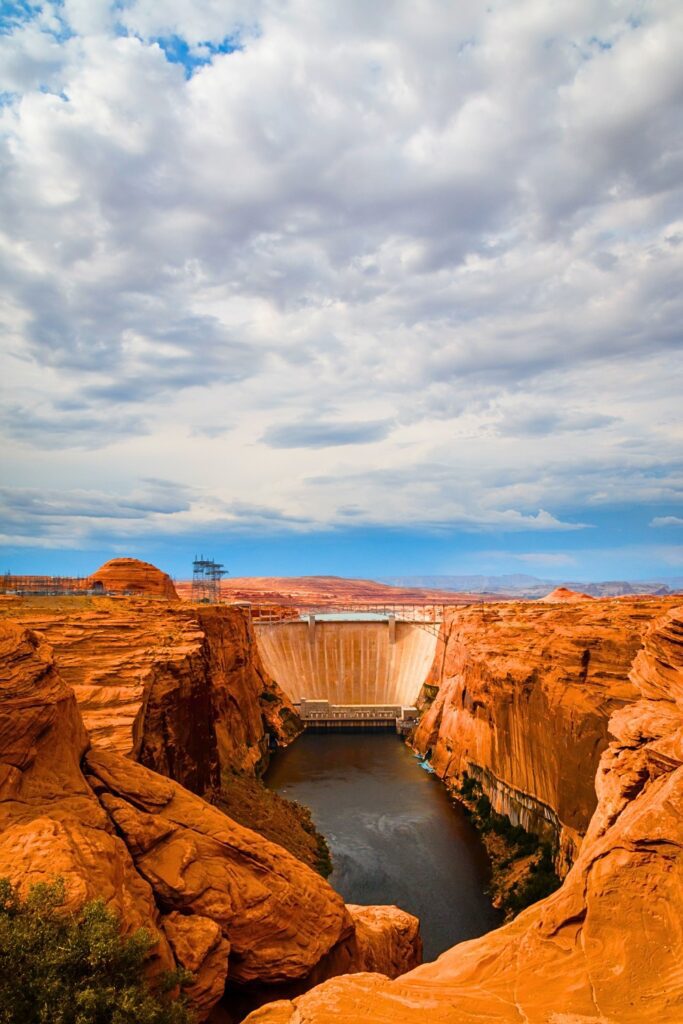
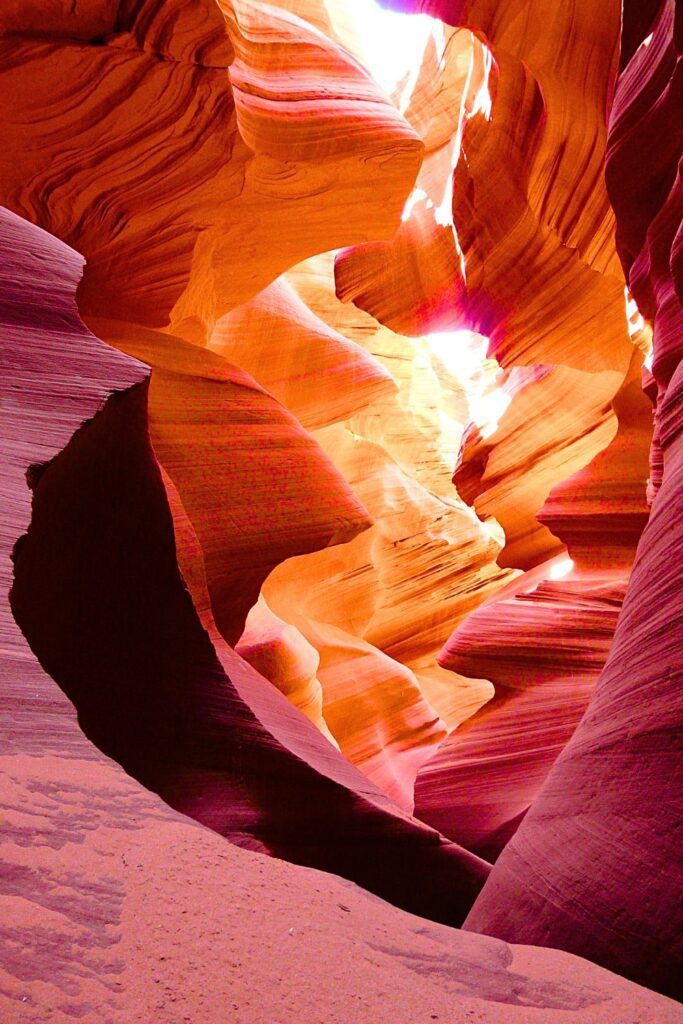
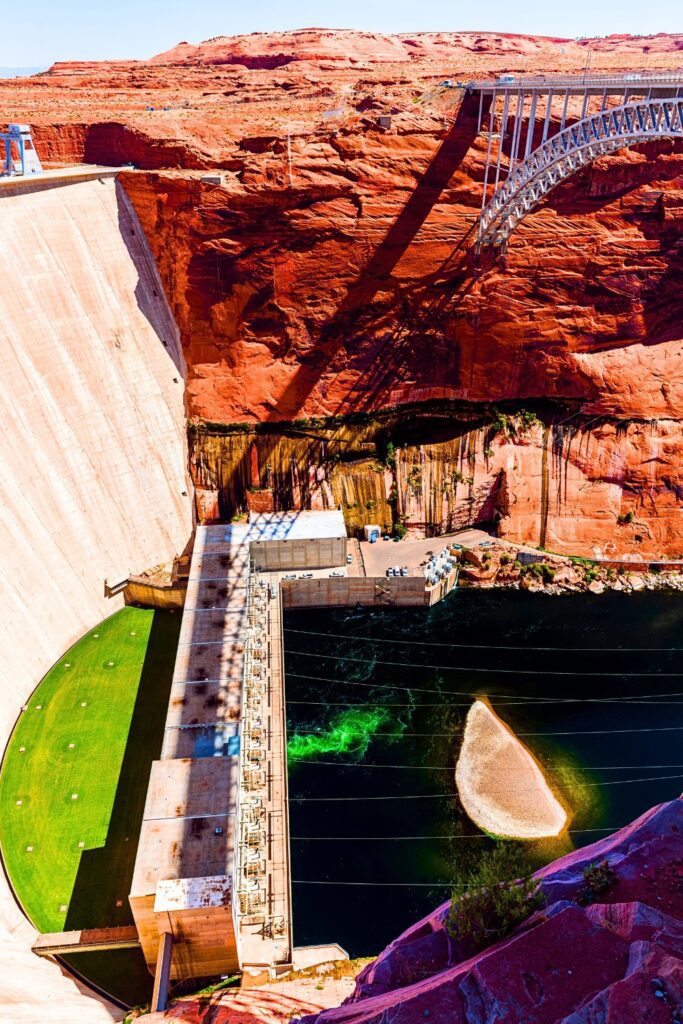
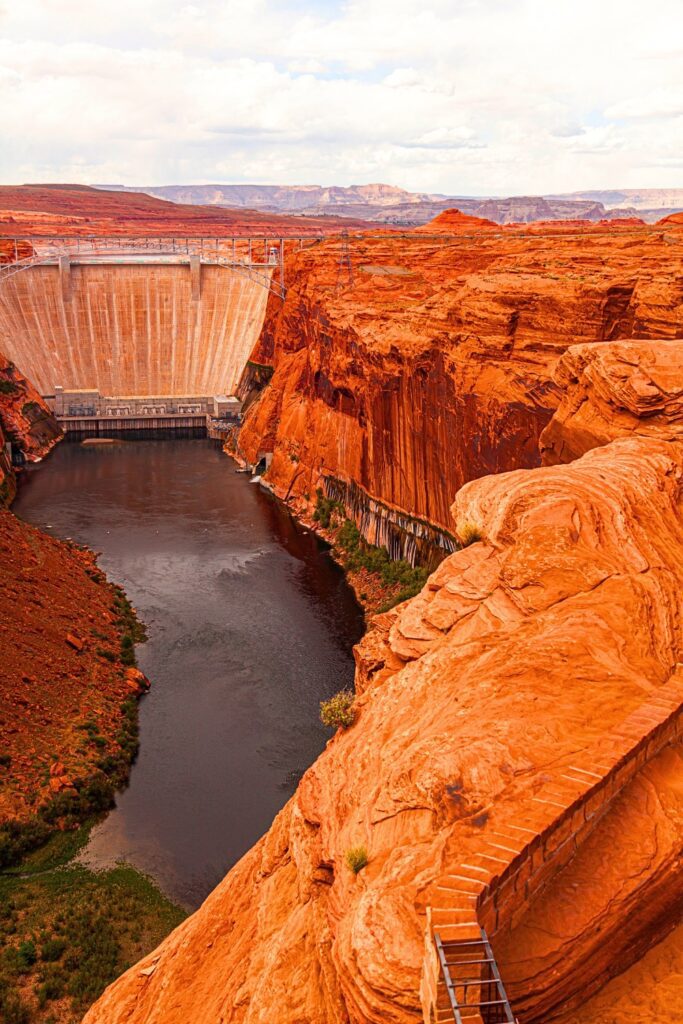
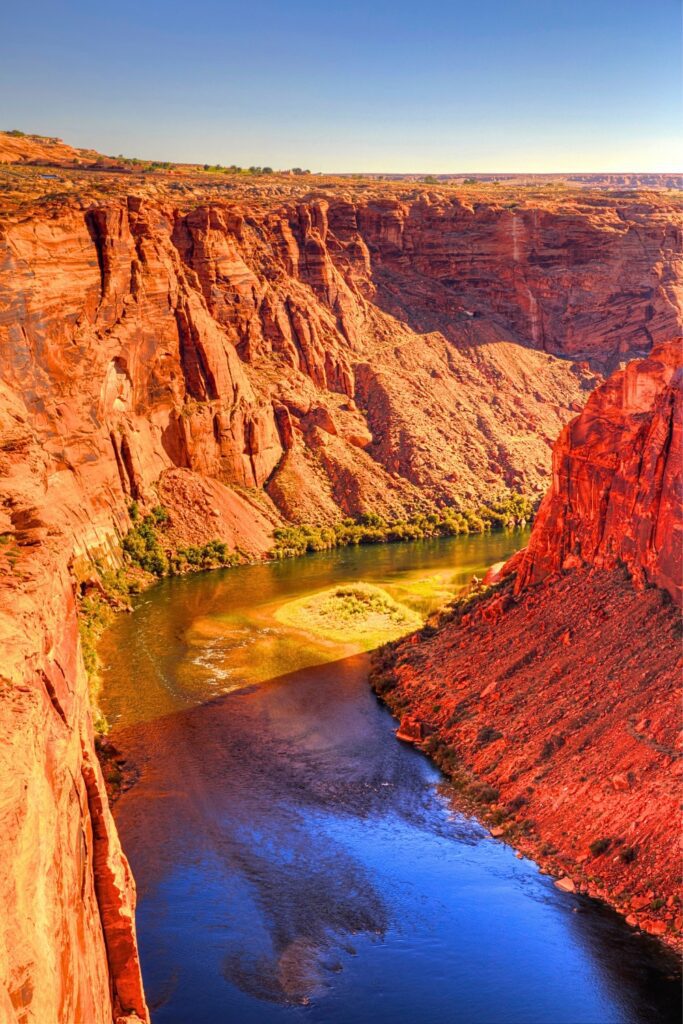
How to Get There
Most visitors arrive through the town of Page, Arizona, which serves as the main hub for exploring the recreation area. Page is about:
- 2.5 hours from Flagstaff, AZ
- 4.5 hours from Las Vegas, NV
- 5 hours from Phoenix, AZ
You can fly into Page Municipal Airport (limited flights), or use regional airports in Flagstaff or Las Vegas. From Page, main attractions like Lake Powell, Horseshoe Bend, and Antelope Canyon are all within a short drive.
Best Times to Visit
The best seasons to visit Glen Canyon are:
- Spring (March–May): Mild temperatures and blooming desert landscapes.
- Fall (September–November): Comfortable weather and fewer crowds.
- Summer (June–August): Great for water activities, but high heat can make hiking more difficult.
- Winter (December–February): Quiet season with limited services but stunning views if you dress warmly.
Avoid hiking mid-day in summer due to extreme heat, and always carry extra water.
10 Best Things to Do
- Hike to Horseshoe Bend – A short, scenic trail leads to this jaw dropping curve of the Colorado River. Horseshoe Bend is one of the top attractions near Glen Canyon.
- Explore Lake Powell by boat – Rent a kayak, paddleboard, or houseboat to navigate the canyons and inlets (check rental options).
- Visit Rainbow Bridge – One of the largest natural bridges in the world, accessible by boat and hike. Rainbow Bridge is astonishing to witness.
- Tour Antelope Canyon – Famous for its glowing sandstone walls and surreal shapes, Antelope Canyon is also a famous sight to visit in the area.
- Relax at Lone Rock Beach – A unique beach where you can swim, camp, and launch watercraft.
- Go fishing – Lake Powell is home to bass, catfish, crappie, and other species.
- Take a scenic drive – Drive through Glen Canyon Overlook or along Highway 89 for panoramic views.
- Visit the Carl Hayden Visitor Center – Learn about Glen Canyon Dam and the area’s geology and history.
- Enjoy a stargazing night – The remote desert sky offers prime conditions for seeing the Milky Way.
- Camp lakeside – Pitch a tent at a primitive beach site or use one of the developed campgrounds.
Best Hikes (Beginner to Advanced)
- Beginner: Horseshoe Bend Trail – 1.5 miles round-trip; mostly flat and very scenic.
- Moderate: Hanging Gardens Trail – 1.5-mile hike leading to an unexpected green oasis in the desert.
- Advanced: Reflection Canyon Trail – Around 15 miles round-trip and very remote; only for experienced hikers with GPS and proper gear.
Hidden Gems
- The New Wave – A lesser-known rock formation near Page that resembles the more famous Wave hike in Arizona but is easier to access.
- Dominguez Butte – A rarely explored rock outcrop with views of Lake Powell and ancient petroglyphs.
- Labyrinth Canyon – A narrow water-filled canyon that you can explore by kayak or paddleboard.
- Spencer Trail – A steep climb near Lees Ferry with a rewarding view of the Colorado River.
- Alstrom Point – Offers a stunning viewpoint overlooking Lake Powell—ideal for sunrise or sunset photos.
Sample Itinerary
Day 1
- Arrive in Page, AZ
- Visit Horseshoe Bend and the Carl Hayden Visitor Center
- Sunset photography session at Glen Canyon Overlook
Day 2
- Morning guided tour of Antelope Canyon
- Afternoon kayak or boat trip on Lake Powell
- Evening swim and camp at Lone Rock Beach
Day 3
- Hike the Hanging Gardens Trail
- Take a scenic drive to Alstrom Point
- Optional stop at the New Wave before departure
Packing List
For the list below, you can get most of these on my Amazon gear store:
- Clothing: Lightweight hiking clothes, swimsuit, warm layers for night, wide-brim hat
- Gear: Sturdy shoes, backpack, refillable water bottles or hydration pack, sunscreen, sunglasses, headlamp
- Camping Supplies (if staying overnight): Tent, sleeping bag, cooking stove, cooler with food and drinks
- Extras: Camera, binoculars, GPS or offline maps, personal first aid kit
Where to Stay
Hotels in Page, AZ – Check deals.
Campgrounds:
- Wahweap Campground (near the lake with full amenities)
- Lone Rock Beach (primitive beach camping)
- Lees Ferry Campground (great for river access)
Things to Know Before You Go
- Permits: Antelope Canyon requires guided tours which are currently $130 per person. Some backcountry hikes may require additional permits.
- Cell Service: Limited throughout much of the recreation area, download offline maps.
- Heat Safety: Summer heat is extreme; plan early morning or late evening hikes and always carry water.
- Boat Safety: If renting or bringing a boat, check local regulations and safety requirements.
Related
Final Thoughts
Glen Canyon National Recreation Area offers a rare blend of water based fun and remote desert exploration. From iconic viewpoints like Horseshoe Bend to lesser known treasures like Labyrinth Canyon, it’s a destination packed with opportunities to disconnect and explore. Whether you’re planning a short getaway or a longer outdoor adventure, this remarkable region is a must-see for any nature lover. Let Glen Canyon be the backdrop for your next great adventure!
